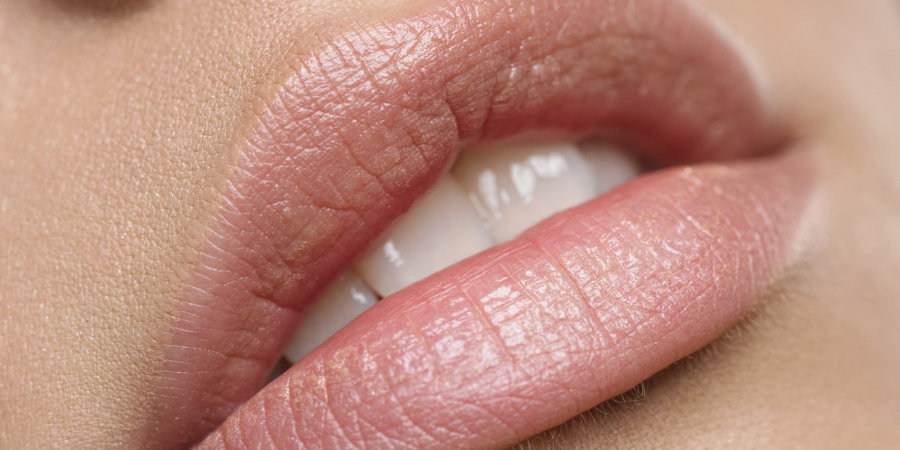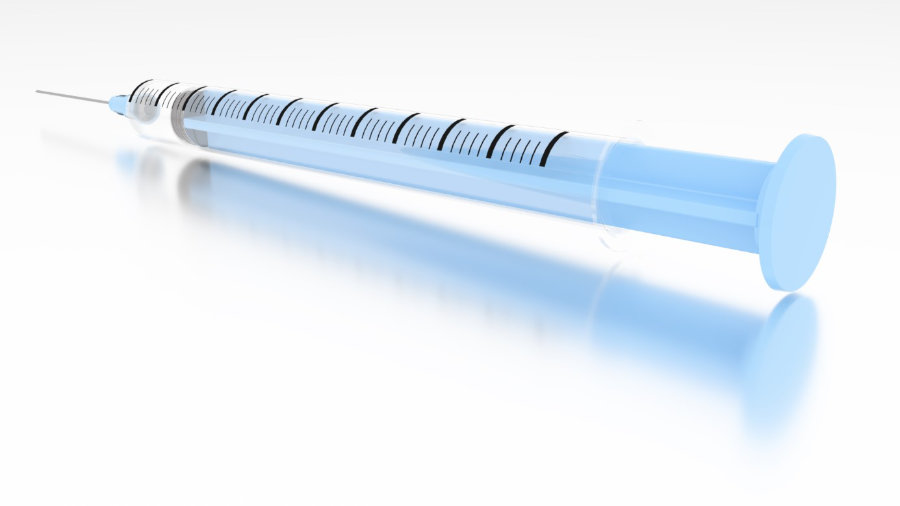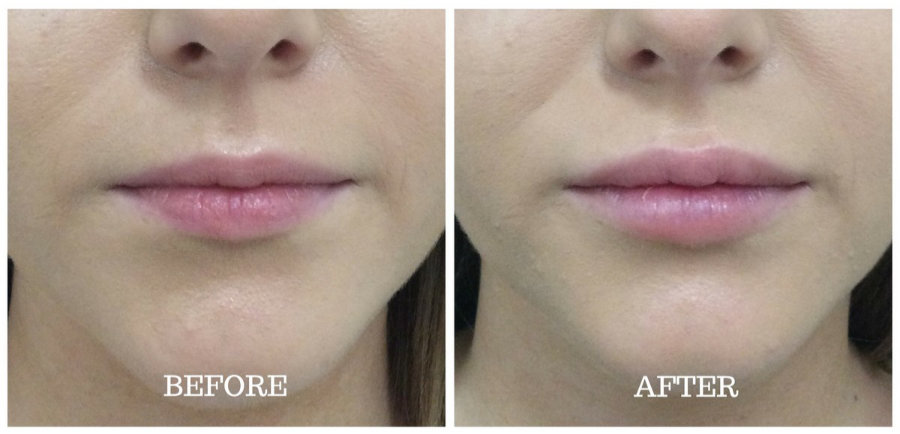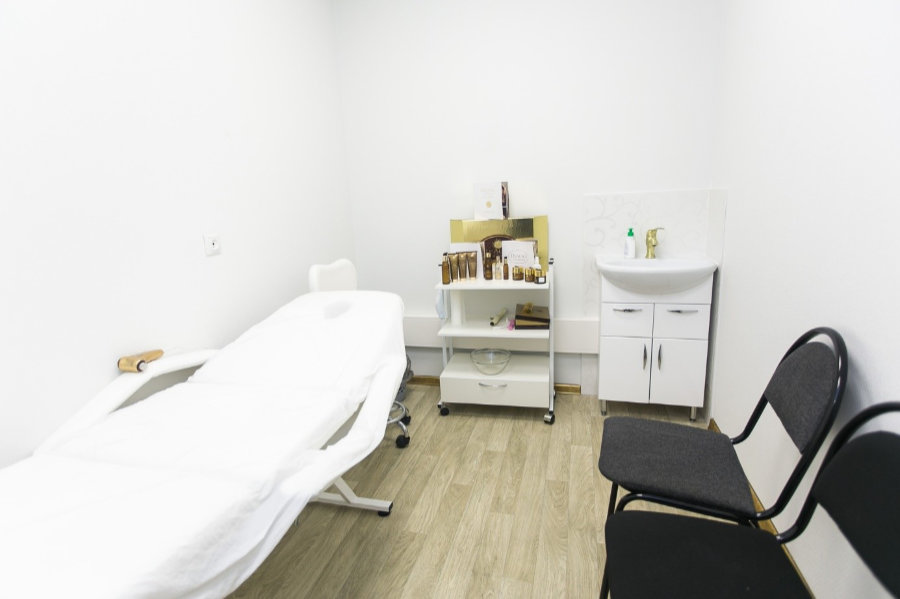Lip Injections: Before and After and What We Should Expect

Lip injections rank among the most popular cosmetic procedures today and they are suitable for adults of all ages not only for patients who seek to correct signs of aging. Professional-grade lip fillers are no longer a celebrity thing. Many people, both men, and women have finally started to open up to this cosmetic innovation. If you are interested in this kind of procedure but you do not really know what it involves, its pros and cons, or what you should expect before and after a lip injection treatment, you are at the right place because now we are going to take a close look at that topic.
A few words about lip fillers
Lip injections are categorized as a type of dermal fillers. That is why they can be subdivided into several different groups depending on their durability: temporary, permanent and semi-permanent. The longevity of treatment with such a product depends on a long list of factors that include everything from the patient’s age, metabolism and genetics and the plastic surgeon’s experience and choice of injection technique to the brand of the skin filler and its gel concentration. However, the main ingredient of a filler injection plays a very key role when it comes to the durability of the results it offers. Based on their main building component, dependable lip augmentation fillers can be divided into the following categories:
- Hyaluronic Acid – The most popular type. It offers temporary results and it does not have any harmful adverse effects.
- Collagen – Temporary results. Also safe but has more limited longevity compared to HA lip fillers.
- Calcium hydroxyapatite – Offers long-lasting lip enhancement (up to 18 months) but since it is characterized by a thick texture, it is usually suitable only for patients looking for more extreme results.
- PLLA (Poly-L-lactic acid) – Have a durability of about two years and are regarded as being semi-permanent filler injections but it is rarely injected into the lips.
- Autologous – Uses fat tissue collected from the patient to improve the appearance of the lips.
- PRP – Platelet-rich plasma, known of its impressive healing properties, is extracted from the patient’s own blood and is then applied to the treatment area via injection to deliver natural-looking cosmetic rejuvenation results.

Since the lips are the most dynamic part of the face not every quality soft-tissue filler injection on the market is suitable for their correction. For instance, PLLA is hardly ever used during lip augmentation procedures because of its rather thick consistency that makes it hard to control and mold. PMMA is a type of permanent dermal implant that does an excellent job at restoring facial volume but it is simply not designed to be applied on extremely mobile facial zones such as the upper and lower lips.
The most popular type of reliable lip injections contains Hyaluronic acid (HA). Since this substance is naturally present in the human body, it typically does not lead to side effects and it fully dissolves in the soft tissue several months after it has been injected. One of HA’s properties is to moisture the skin which is why a treatment with this type of products, among which is Regenovue Aqua Shine Plus, has the power to also improve lips’ hydro balance from the inside.
Table: Profile of standard HA lip fillers
| Main Ingredient | Hyaluronic acid |
| Additional ingredients that may be included | Vitamins, antioxidants, minerals, peptides, etc. |
| Durability of effects | Usually between 4-6 months but some lip fillers last 12-18 months. |
| Injection sites | Depend on the facial filler and may include upper and/or lower lips, the areas around the mouth, the anterior rim of the lips |
| Relative advantages | Easy-to-use, safe, minimal side effects, no downtime, non-surgical |
| Relative disadvantages | Temporary results – follow-up treatments are required to maintain its effects, can be expensive, risk of allergic reactions |
| Standard shelf-life | Up to 24 months |
| Most common type of cross-linker | BDDE |
| Standard injection technique | Linear tunneling |
Before the lip augmentation
Even though this type of cosmetic treatment does not involve a surgery or even downtime, it does require patients to prepare for the procedure. To ensure they enjoy the best possible result they need to do some research, schedule a consultation appointment with a specialist and possibly make some short-term lifestyle changes.
Research
Every form of a treatment involving the use of advanced facial fillers needs to be carried out by a board-certified plastic surgeon. Therefore, before you book any medical expert, check their credentials and whether they have the right qualifications to perform this type of procedures.
Consultation
Once you have picked the right aesthetic surgeon for you, you can book a consultation appointment. During it, feel free to ask your medical practitioner any questions you may have relating the treatment. Describe what results you want to get after the procedure so that the surgeon can select the best lip filler and injection technique for you.

Pre-treatment preparation
During your first consultation, you should get a detailed list of pre-treatment Dos & Don’ts. For instance, patients who are about to undergo a dermal filler injection procedure should avoid blood-thinning medications, alcohol, Aspirin or Ibuprofen, and fish oils several days or even weeks prior to treatment to minimize the risk of potential adverse effects. Also, you must not wear makeup during the injection process and you should keep your body properly hydrated before and after lip injection therapies. In most of the cases, no special tests are required before injection. However, people who are allergic or hypersensitive to some of the ingredients in the lip implant or gel, or have an infection or inflammation around the injection points do not make suitable candidates for this form of treatment. Women who are pregnant or breastfeeding are also not advised to undergo such procedures and so are individuals who suffer from conditions like blood-clotting issues, diabetes or lupus.
During the lip injection procedure
Prior to injection, the dermal expert will gently massage your lips for 1-2 minutes to stimulate blood circulation in this area of your face which should ensure better treatment results later. Every injection session lasts approximately 15-30 minutes. During it, the trained medical practitioner will apply a purified lip filler into several different points on your lips or around the month (depending on the results you are seeking to get). Usually, this process does not involve a lot of pain since it is carried out with a very thin single-use needle. What is more, some innovative skin fillers such as Revolax Deep contain a small amount of lidocaine which plays the role of a local anesthetic and eliminates any discomfort you may feel during the procedure. But even the chosen product does not contain lidocaine, your cosmetic surgeon will ask you whether you would like to apply numbing cream on your lips to enjoy a pain-free experience. Therefore, even if you have a very low pain tolerance, you will easily breeze through this treatment.
After the treatment
The effects after the procedure may become visible instantly if you are using Hyaluronic acid lip injections or may take several days or weeks to kick in which is the case with PRP therapy, for example. To limit side effects and to avoid post-treatment complications you must avoid:
- Makeup
- Kissing
- Exposing yourself to hot temperatures*
- Alcohol
- Painkillers
- Fish oils
- Blood thinners
- Vitamin E
* No sunbathing, hot showers or sauna for several days.

If you have opted for temporary lip enhancement, do not forget to schedule a maintenance appointment. The period between the injection sessions depends on the durability of the dermal filler. So, how long do lip fillers last? Make sure you ask your practitioner to get a better idea on how often you need to undergo the treatment. Follow-up sessions are typically shorter and cheaper because they require a smaller amount of filler.
While effective lip fillers involve a non-surgical procedure, they may still lead to mild bruising, swelling, tenderness and redness around the injection sites. These non-harmful side effects, however, are temporary and should subside and disappear in a matter of hours or several days. If that does not happen, be sure you contact your plastic surgeon to check if there are any post-treatment complications that need their immediate and specialized attention. In most of the cases, things go incredibly smoothly and patients are ready to get back to their daily lives immediately after the procedure.
What if you do not like the achieved results?
If you are not happy with the treatment’s effects and the new look of your lips or if you get tired of your new appearance at some point, do not worry and do not panic. This problem can be easily mended with a quick follow-up appointment. If you have used HA lip fillers or other temporary and biodegradable implants, you can simply wait until their effects wear off. That will happen several months after the procedure when the soft tissue fully absorbs the injected gel. If you want to immediately go back to your old look, your doctor will inject your lips with a special gel that will break down the facial filler even if it is a semi-permanent or a permanent one.

